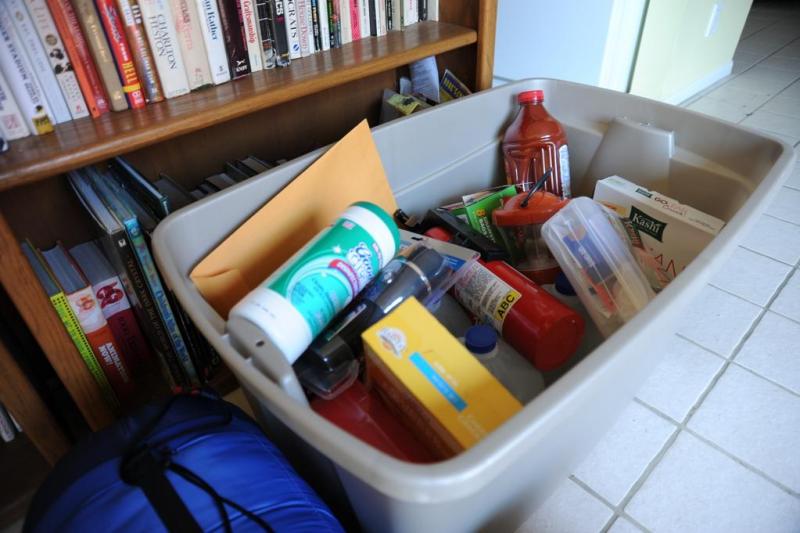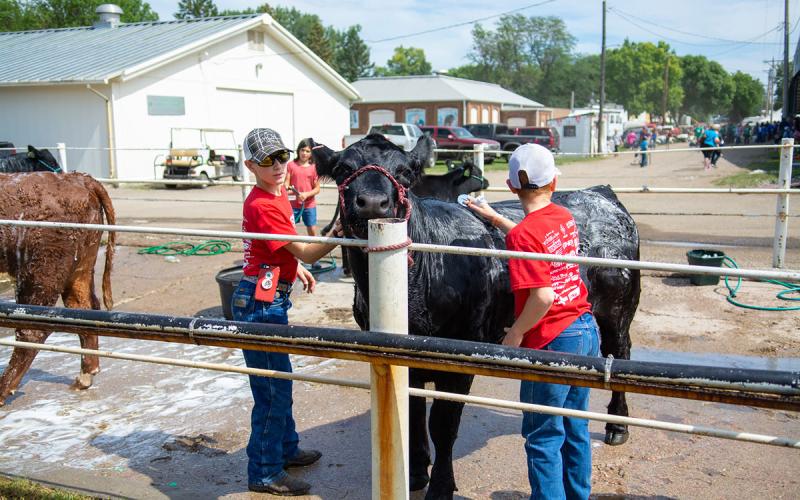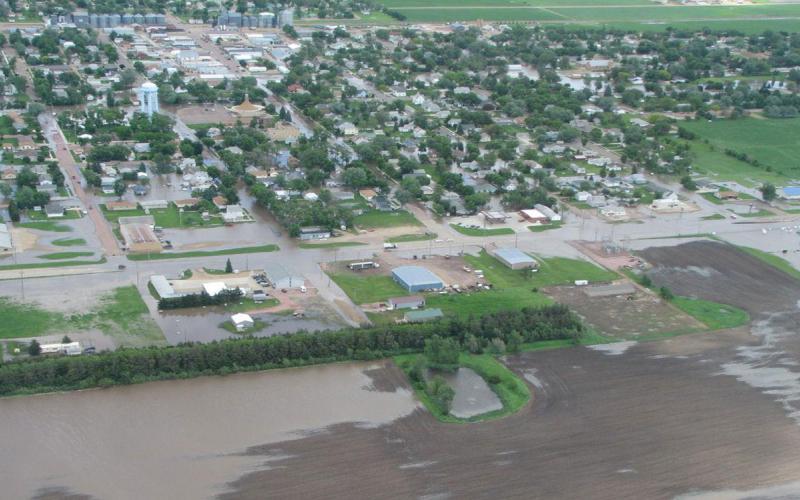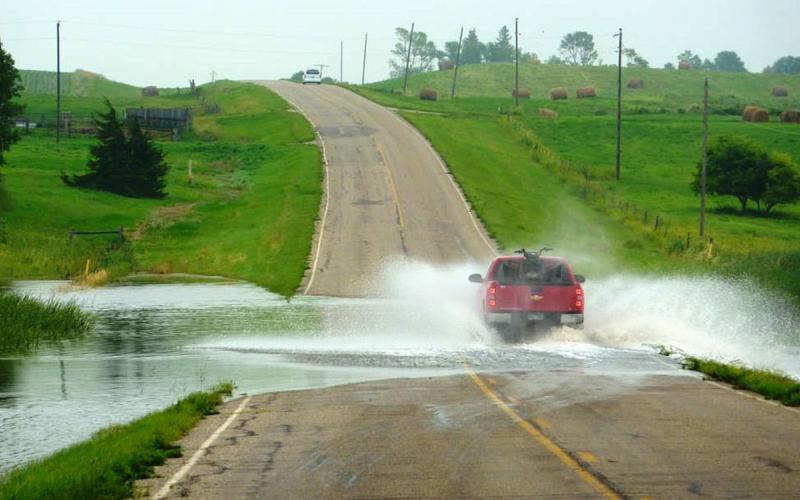According to the American Academy of Pediatrics, floods are one of the most common hazards in the US and account for approximately 30% of disasters worldwide. Sometimes floods can be predicted, based on snow pack, historical data, and observation, and yet other times floods can become a flash event due to weather conditions, such as rainfall or even sudden temperature changes during the spring thaw.
Before the Flood

Much like any event or disaster, the time to prepare for a flood is before it happens. Families should prepare for events by having a conversation with family members. These conversations should include explanation of the difference between a flood watch and a flood warning. Families should talk about and develop their family plan before a flooding event occurs in case they are separated during, before or after the event. Families should have emergency supply kits on hand for any type of weather event. These kits should include the basic essentials (medications, non-perishable food, and water). These kits should be easily accessible in case a family must leave their home with short notice.
During the Flood
Flood waters can be very dangerous therefore youth should stay away from the edges of flood water. The land underneath the water may be unstable or eroded due to the swift moving water. According to the National Weather Service website fast moving water as low as 6 inches deep has the power to knock over an adult. You should never drive into or through flood waters. It takes just 12 inches of rushing water to carry away a small car. Most vehicles can be swept away by 2 feet of rushing water. In addition to cars being swept away there is also the possibility of the road being washed away due to flooding or the vehicle stalling due to the electronics in the car becoming wet. Being in a stalled vehicle in flowing water leads to several other safety risks.
After the Flood
After the flooding event has subsided, consideration should be given to the health of the youth affected by the flooding. Children are vulnerable to the environmental hazards that may be present after the event. The natural curiosity and willingness to explore may lead youth to exposure to things that adults may naturally avoid. Ideally youth and teens would not be involved in clean-up efforts. While this may not be practical, proper precautions should be taken such as having adequate supervision during the clean-up process.
When cleaning up after the flood be sure to wear rubber boots and gloves. This will help protect you from contaminants that may leech through leather or other absorbent material. Before allowing children to return to areas affected by flooding, the equipment that they play on should cleaned and disinfected. The American Academy of Pediatrics has resources about disaster preparedness to meet children’s needs.
Floods can have a profound and lasting effect on the landscape, but they can also have a lasting effect on the mental health of those affected. The National Child Traumatic Stress Network has resources available to help move forward through these traumatic experiences.
Preparedness and Recovery Resources
- Family Readiness Kit, American Academy of Pediatrics
- Clinician Recommendations Regarding Return of Children to Areas Impacted by Flooding and/or Hurricanes, American Academy of Pediatrics
- Flood Resources, National Child Traumatic Stress Network
- How to Prepare for a Flood, FEMA
References:
- Flash Floods/Flood Recovery, American Academy of Pediatrics
- Turn Around Don’t Drown, National Weather Service


